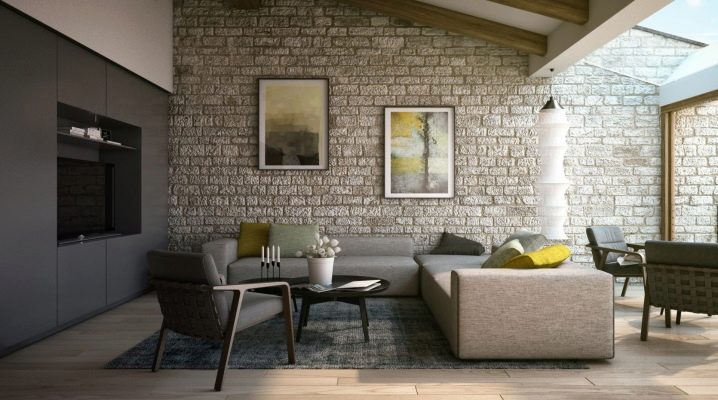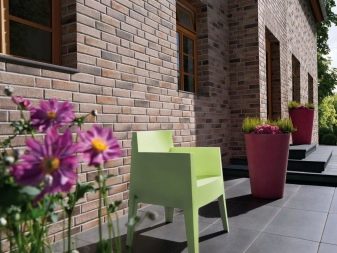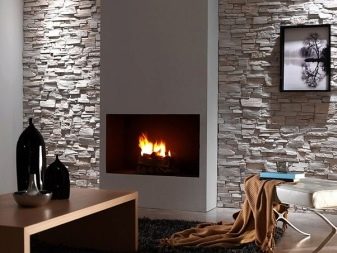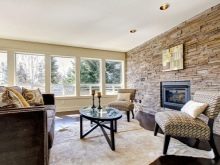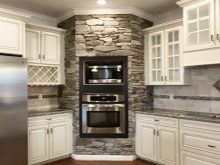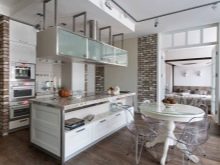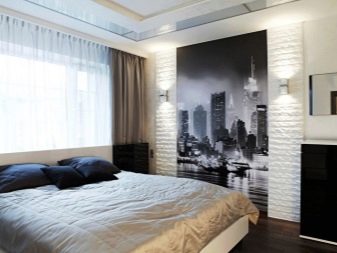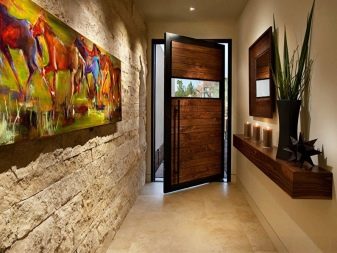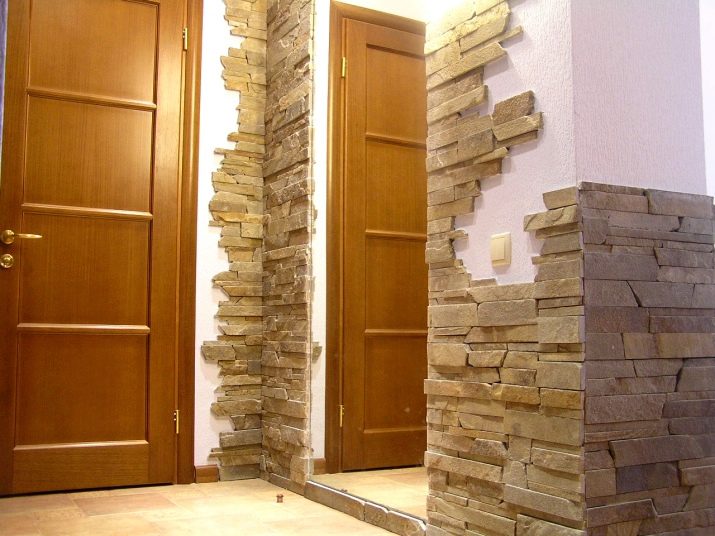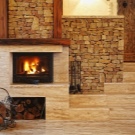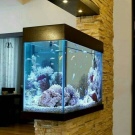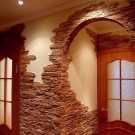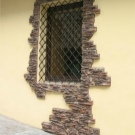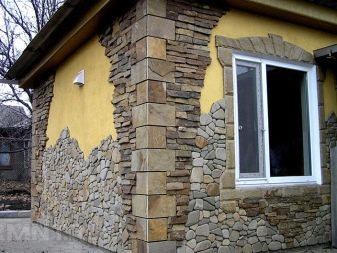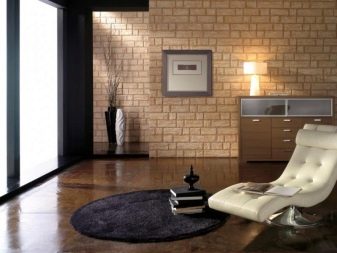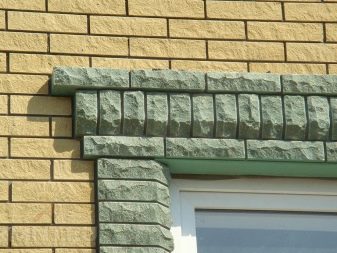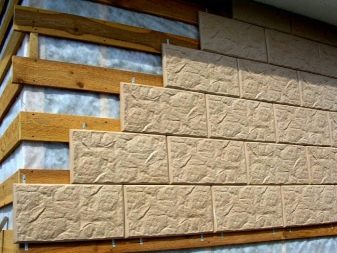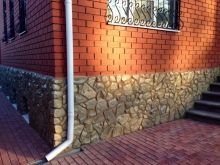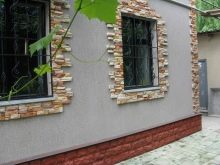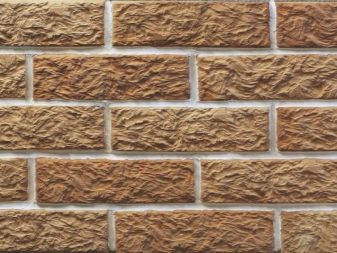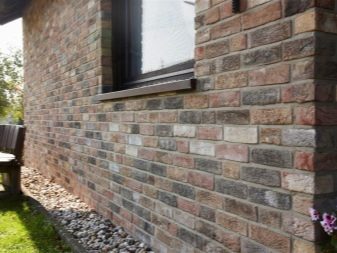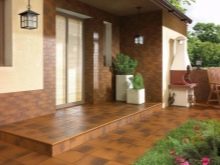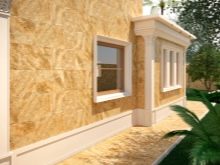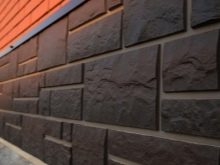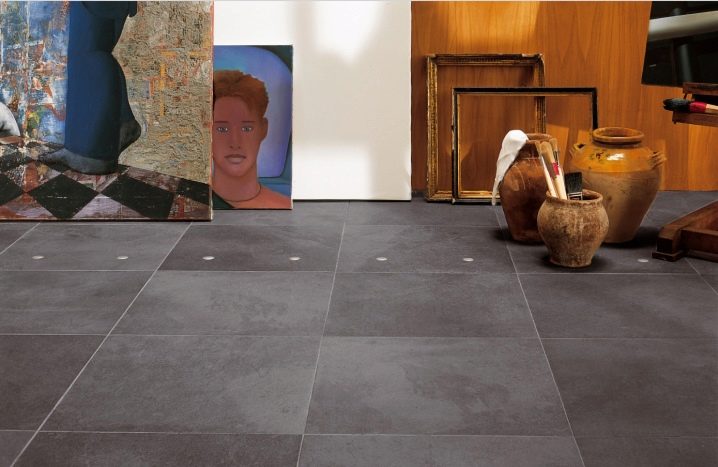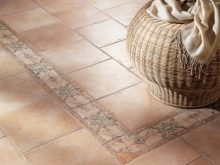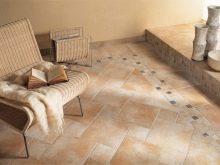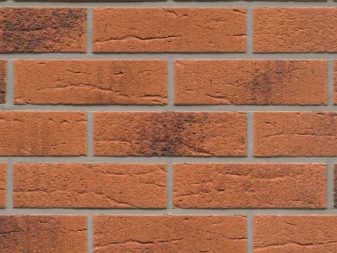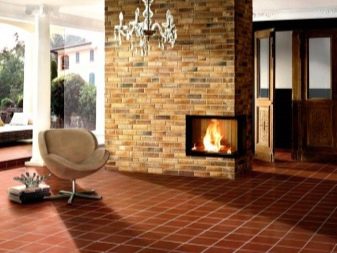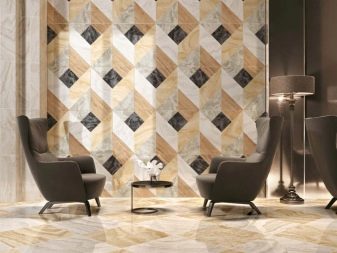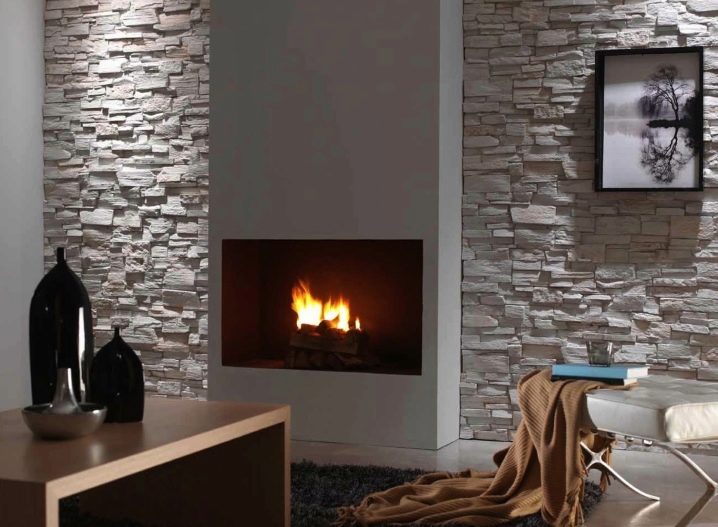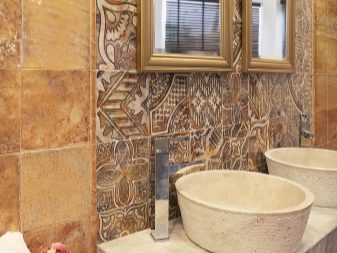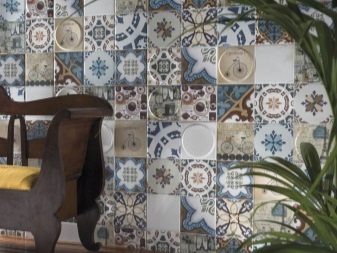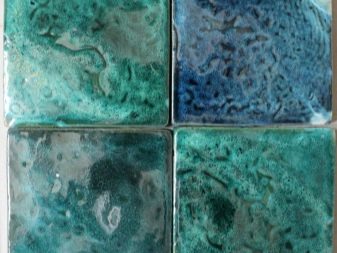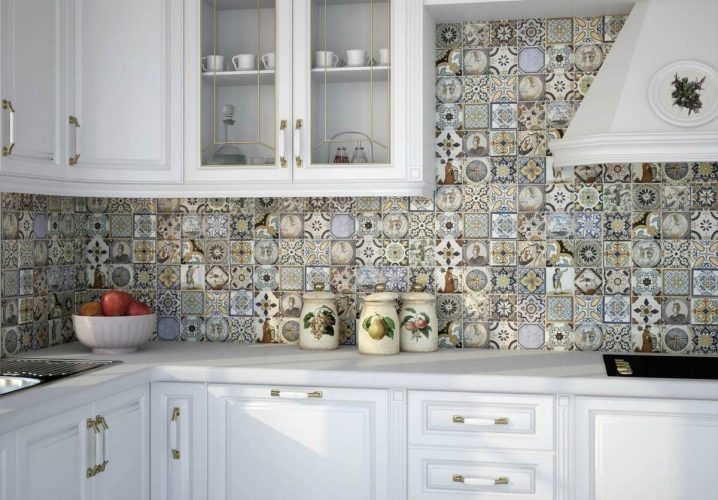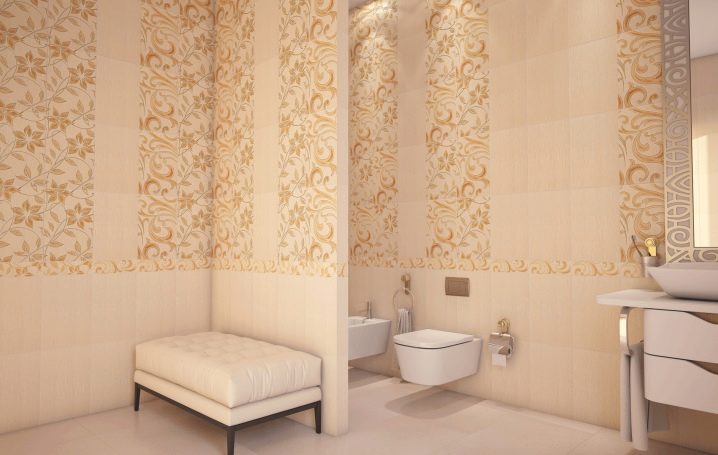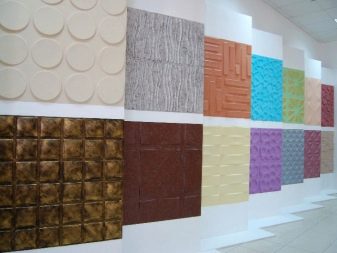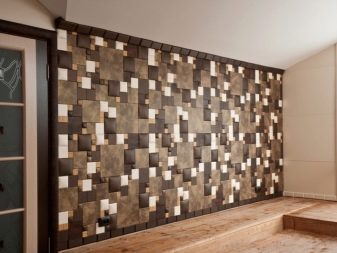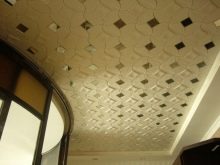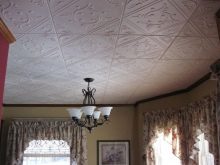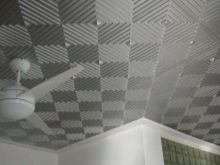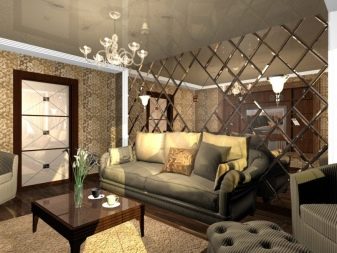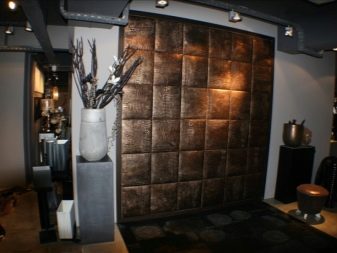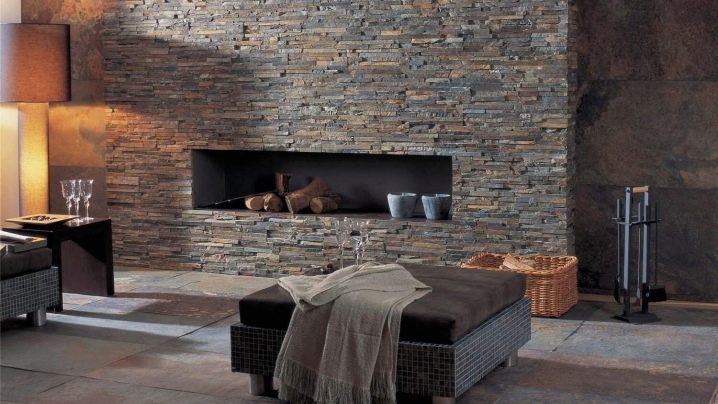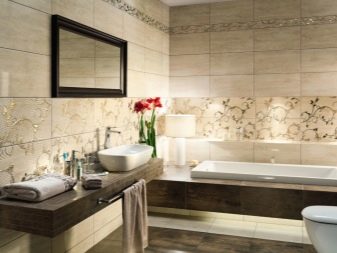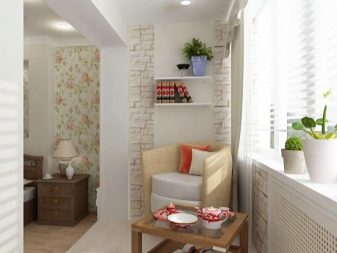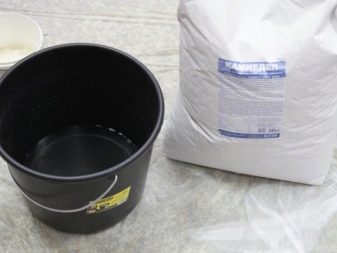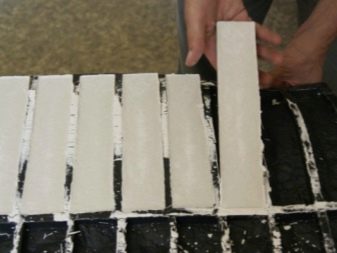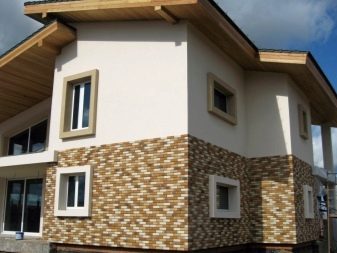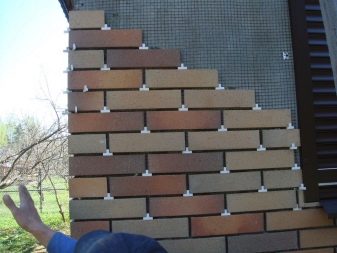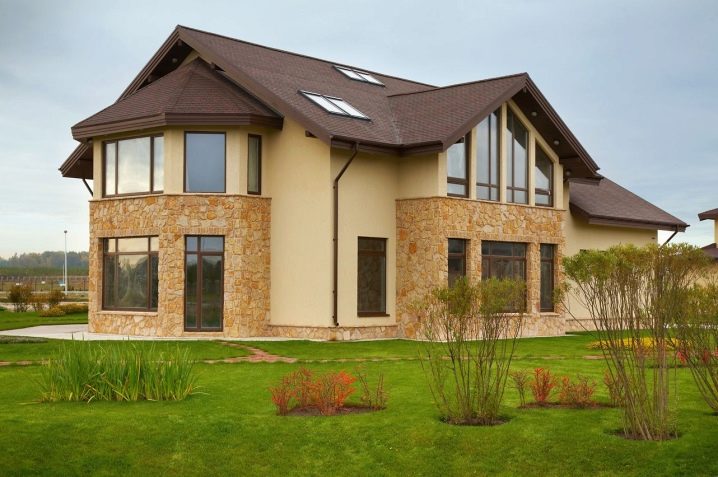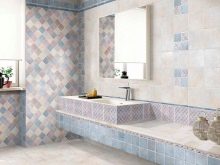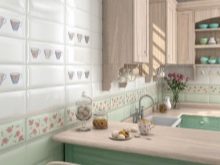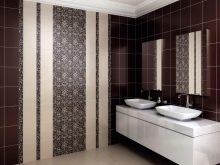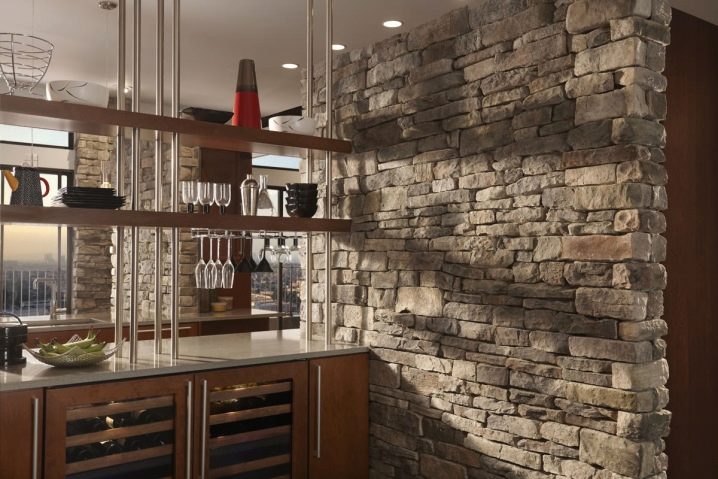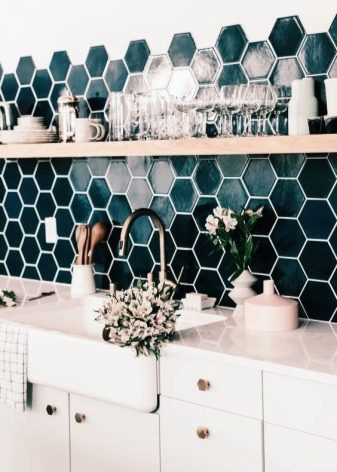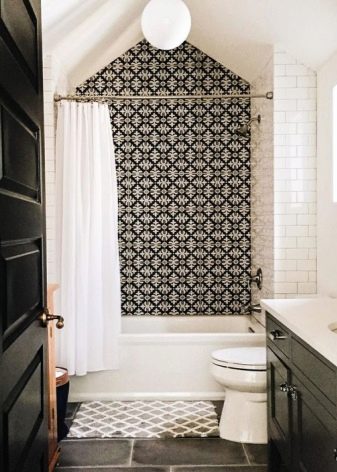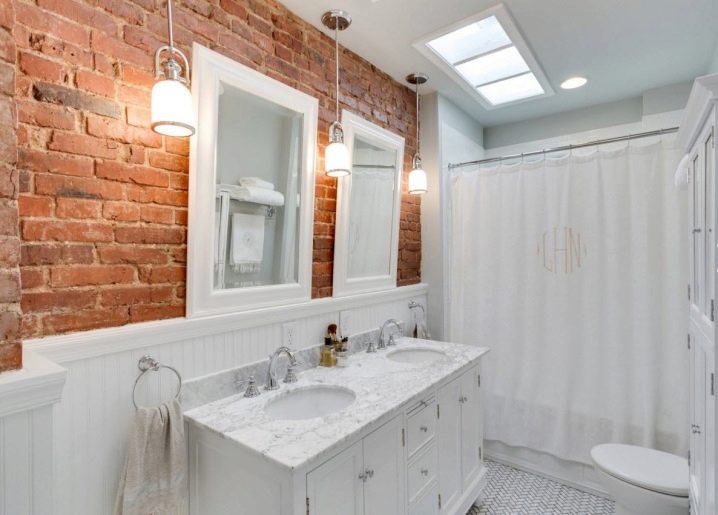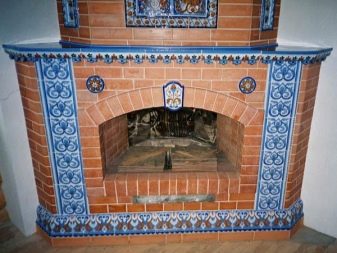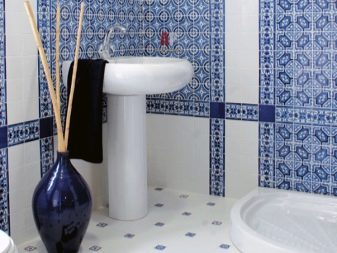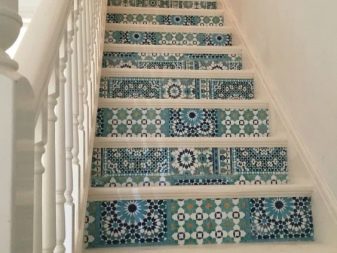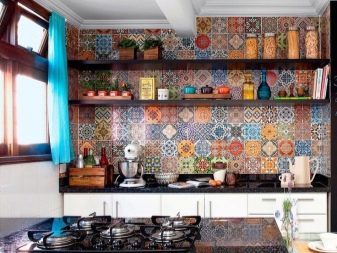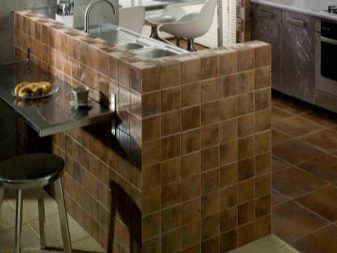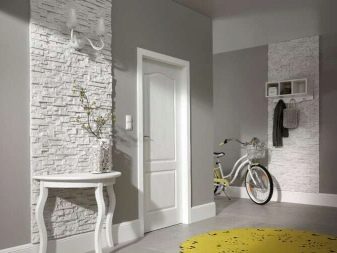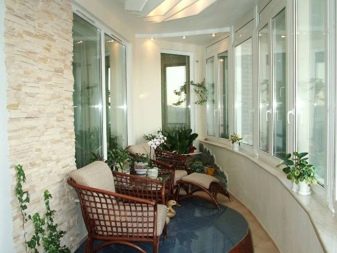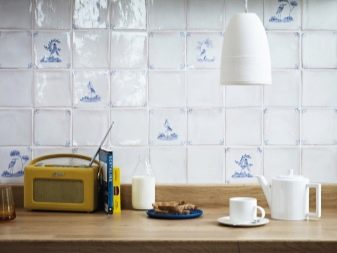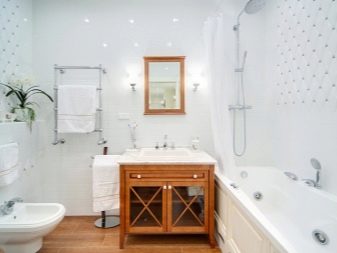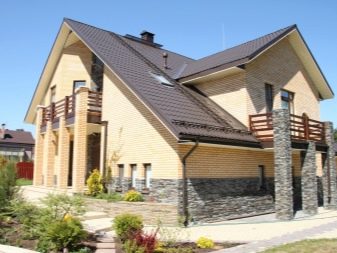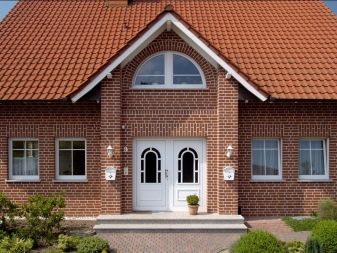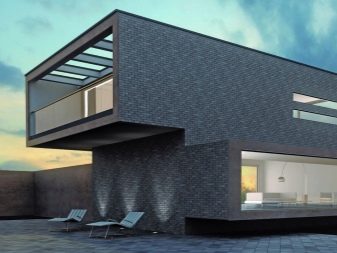Decorative tiles in the interior
It is said that one repair is equal to two fires. It is difficult to disagree with this popular wisdom. Starting repair, you should stock up not only high-quality material, but also angelic patience.
So that your home in its updated form has become even more attractive, filled with light not only from the inside, but also from the outside (in the case of a private house), take care of good decor. Modern production of decorative tiles for a long time allows you to use it not only in the bathroom or kitchen, but also in the bedroom, living room. This type of decor is striking in its diversity and allows you to realize the most daring design decisions.
Special features
Decorating materials will help to diversify the interior, to refresh it or to make it in the popular loft style today.It is worth paying attention to the decorative tiles. Today, manufacturers offer its widest range - it can be an imitation of a natural stone, metal, leather. Attention consumers are also offered exclusive options with rhinestones.
This type of lining is gaining more and more popularity due to its distinctive features:
- relatively light weight;
- ease of installation;
- environmental friendliness and safety;
- wide range for any needs;
- durability;
- affordable price;
- reliable sound insulation;
- does not require adjustment of each part separately due to equal thickness;
- Easy to care for using mild detergents and cloth.
In addition, modern coatings are able to imitate any material, both natural and artificial, which significantly reduces repair costs. Comparing the prices, for example, on natural wood panels and wood imitation tiles, you will immediately feel the difference.
Designers recommend using additional lighting in places covered with decorative tiles. This will increase the spectacular interior and the material itself will look more fun.If the decorative panels are not located across the entire surface of the wall, try alternating textured elements with light shades of plaster or paint.
Decorative wall tiles organically look with aquariums, indoor fountains, climbing living plants, perfectly fit into the frame of windows, doors, fireplaces.
This material is not recommended for decoration of small rooms, and laying is better to be entrusted to professionals. This will entail additional costs, but the quality result will be justified afterwards.
Kinds
Speaking about the types of tiles, it is worth mentioning that initially this material was created for flooring. In modern interiors, it is put not only on the floor, but also the walls, the ceiling, the facades of buildings.
Therefore, it is possible to divide the decorative panels into two large groups: facade and interior decoration.
Facade
Exterior decoration with decorative plates refers to the invoice, because the material can be removed from the wall, replacing it with another. In turn, it can be divided into facing and cladding. For originality of design, you can use both kinds at once.
For the manufacture of facade tiles used a variety of materials, with the main characteristics of their approximately the same:
- wear resistance and high strength;
- small weight;
- fire resistance;
- increased hardness;
- water repellent surface;
- environmental friendliness;
- not exposed to the harmful effects of the environment;
- frost resistance;
- easy to clean.
With its help, you can not only decorate the facade of the building, but also insulate it further. It is important to remember that the installation is done at the very end of construction work in dry weather.
Varieties of facade decorative tiles:
- Terracotta. In Italian, the word translates as “burned earth” (clay). This is a classic material for decoration, which is an unpolished tile of colored clay with a porous structure. Due to its high environmental friendliness, it is successfully used for facade work, as well as for fireplaces, bathhouses, commercial and administrative buildings;
Having all the above qualities of facade tiles, it is not afraid of high temperatures, the porous structure allows you to save heat better, does not fade under the sun and gives a respectable look to the house.
- "Hog" - facade cladding imitating brick.It owes its name to two holes on the side that resemble a penny. It is made in the form of a brick, which is broken after baking, and as a result, a tile with a relief surface is obtained;
- Clinker - Another type of lining under the brick, which in the manufacture of calcined 1 time. It has a very smooth surface, easy to install, but is significantly more expensive than other tile options;
- Ceramic - it is made according to the production technology of a brick, has the smaller weight and good operational characteristics.
- Porcelain stoneware - reliable and durable, has considerable weight. Requires special glue for mounting. Imitates a natural stone not only externally, but also according to many characteristics. A ceramic granite finish with a full-color image.
- Plastic and acrylic - made of polyvinyl chloride, imitate brick or natural stone. Cheap, easy to install, have good thermal insulation. Flexible acrylic base makes it possible to revet semicircular arches and columns. Among the shortcomings can be noted the budget appearance, chemical composition.
In addition, thermopanels with a decorative layer of stone or ceramic tile are often used for cladding large areas.
For interior decoration
Ceramic tiles of various sizes are traditionally made of clay (the word kerramos means “clay”). Its distinctive characteristics are rigidity, hygiene, ease of cleaning, fire resistance, resistance to external influences, including chemical. A wide range of colors and sizes (with sides from 5 cm to 6 meters) make it the invariable leader of modern decor.
Monokottura is a kind of ceramics, which is an enameled single-fired tile, affordable.
Cotto is known by the names "Cotto Toscano" or "Cotto Florentino", since her "parents" are 17th century Florentine masters. This is a special flexible decorative tile, the main advantage of which is the ability to finish any surface. In addition, it is perfectly cut and resistant to mechanical stress. Of the minuses, it should be noted the difficulties in the care (it is hard to clean and you can not use caustic agents for this), because it often has a porous surface.
Cotto tiles are rich in natural colors - from yellow to brown.Used only for interior decoration.
Clinker in Dutch klinken means “imitation of a ringing strike on a clay product”. The tile is an environmentally friendly product made of clay, calcined at a temperature of + 1200 ° C. Due to its naturalness, such a tile does not come in blue or green shades, since no dyes are used to create it. Fits equally well for internal and external work. Does not fade in the sun and does not change color under the influence of acids and alkalis.
Interestingly, German manufacturers give it a 25-year warranty for frost resistance. The material itself is almost eternal. It is incredibly hard, but it is possible to drill it - only diamond drill bits are needed. In addition, this tile is vandal resistant - you can erase everything from it, up to graffiti (or the two-year-old marker art).
She has one minus - high cost compared to other materials.
Porcelain tile has significant advantages:
- Resistance to external influences and especially moisture.
- The material is reliably protected by a stain-resistant layer.
- Rich selection of colors.
- Wide size range.
As well as brick, this tile costs expensive. This is its main disadvantage. The most expensive products are made by Italians, who have long held on the leading positions in the rating of finishing materials.
The most affordable decor is gypsum. Its distinctive feature and a great advantage is the ability to manufacture at home. For this purpose, a mixture of gypsum and hydrated lime is poured into special forms. If desired, you can add any dye. Complete environmental friendliness of materials allows using it in any premises. It is easy to clean, it can withstand temperatures up to + 800 ° C. The weight of the product is small, it is plastic (it is possible to veneer complex geometric shapes), it is easy to assemble it without special skills. The disadvantages are high water absorption (not recommended for finishing the bathroom, sauna, kitchen apron) and brittleness.
Majolica is a coarse double-fired ceramic tile that is made using red clay. The product is covered with enamel and two layers of glaze, twice burned to secure the form and pattern at a temperature of +1000 C.
Making tiles in this technique has a thousand-year history: having first appeared in the Ancient East, bright tiles with a pattern came to Europe through the island of Majorca (hence the unusual name). Europeans created similar products of their own making at the end of the 16th century.
At the moment in favorites tiles of the same color in the style of majolica - the surface is covered with paint of one shade, and on top - with glaze. Such products are usually square. Thanks to fusion during the burning of glaze and paint, a unique surface relief is obtained.
The basis of the artificial stone is a concrete mix with various additives. The special technology of vibratory casting allows to get a product at the exit, which in its texture resembles a natural stone. For naturalness used mineral dyes.
The advantages of this tile:
- Lighter than natural stone;
- Robust;
- Fireproof;
- Water repellent;
- Environmentally friendly;
- Easy to clean;
- Does not require special fasteners;
- Affordable price.
Faience is an enameled tile with a white base, which has a porous surface. Like majolica, it is made using double firing.Only one side is painted, the second is a natural pale, since only light clay without impurities is used for manufacturing.
Plastic tiles - a budget version of the lining, however, looks good in the form of ceiling and wall decoration elements. Its plasticity allows you to design the most incredible geometric designs.
Pros:
Moisture resistance.
Low weight.
The possibility of laying on any surface.
Durability.
High sound and heat insulation.
Ease of installation.
Low cost.
Another option is foam polystyrene, used for decorating the ceiling.
Pros:
- water tightness;
- unpretentious care;
- wide selection;
- reliable noise insulation;
- affordable price
Glass is considered to be the most beautiful material for decorating a room. This tile has sufficient strength, waterproof, it is easy to mount and care, it gets along perfectly with other decorative details. Cons: fragility of the material, it is easy to stain.
The tile under the skin is non-standard, ultrafashionable and looks expensive in the interior. He is very capricious in terms of the selection of entourage,otherwise, leather inserts will look ridiculous. Such decor should be protected from direct sunlight and from heat sources.
How to choose?
When choosing decorative tiles for facade or interior decoration, you should pay attention to the following aspects:
- Manufacturer - purchase products from a trusted manufacturer to serve you for many years.
- Cost is one of the decisive factors when choosing finishing options. Do not chase the cheapest options!
- Compliance with the production technology will ensure durability.
- The uniformity of the structure.
If you choose a tile for interior decoration, pay attention to:
- Dimensions and thickness. For floor tiles choose more durable models. If the interior is designed in the same style, then the floor should be larger than the wall;
- Color range. Light shades expand the room, dark ones reduce, bright ones are appropriate for placing accents;
- Choosing a tile for a bathroom, stop the choice on ceramics, porcelain tile, an artificial stone which possess the minimum porosity. In addition, the surface must be more rough,in order to prevent slippage on a wet floor;
- Remember the purpose of the decor. If you want to zone a room, pay attention to the narrow curb. To place accents, choose tile-panel or panel-freeze (looks like an arbitrary pattern that has no clear boundaries).
Gypsum decor does not even need to choose, it is easy to do with your own hands at home. It is necessary to have special forms and a mixture of gypsum, hydrated lime, water and dye (if necessary). It is best to use G10 plaster.
When choosing a facade tile:
- it is necessary to make all calculations and measurements, to determine the material;
- decide which slab you will lay - smooth or corrugated. Corrugated is easier to fasten, but it is more difficult to care for them. Smooth harder to assemble but hygienic;
- color spectrum. Avoid multicolor and variegation. Monochrome options are more suitable for large areas of public use. Cold shades can look gloomy, and an excess of warm - intrusive. A good option is a combination of two colors;
- pay attention to the conditions in which the tile is stored and transported.Ask the seller how to transport;
- on the selected product there should be no visible defects (chips, cracks, voids);
- for a ventilated facade, choose a decorative tile made of ceramic or porcelain stoneware;
- consider the durability of the selected product and its maintenance (cleaning, treatment with special means to protect the surface).
In any case, remember that the decor is not the whole interior. Therefore, avoid excesses and show moderation, because the right elements are quite capable of giving a completely new look to your room.
Beautiful examples in the interior
Let's start the review with the most popular decorative tile - ceramic, which confidently occupies a leading position in the modern market, despite the abundance of competitors. This is not surprising, since its beauty and functionality speak for themselves. It will perfectly fit into the interior of any room - from the hallway to the bath.
Decorative brick in the interior.
Mosaic finish.
Timeless classic - brick tiles in the bathroom.
Majolica in the interior looks elegant and elegant.This technique can be used for different finishes: fireplace, bathroom, hallway, steps, kitchen.
Cotto tile organically looks in any interior, giving a unique atmosphere of antiquity.
Gypsum tiles - modern finishing material.
Decorative tiles under the stone - a budget way to add uniqueness and respectability to the interior.
With the help of decorative stone, you can decorate the kitchen and loggia in an original way.
Not too popular, but beautiful and elegant faience.
With the help of trend tiles under the skin, you can create not only glamorous interiors, but also make unusual accents in classic ones.
If the gate and gate is a smile, then the appearance of the house is the face of the owner.
The clinker tiles can be used to finish part of the facade or the entire facade.
There are an incredible amount of decorative tile options, so arm yourself with your own preferences and taste to choose what you need. Have a nice shopping and beautiful interiors!
In the next video you can watch a master class on decorative wall decoration with artificial bricks.
